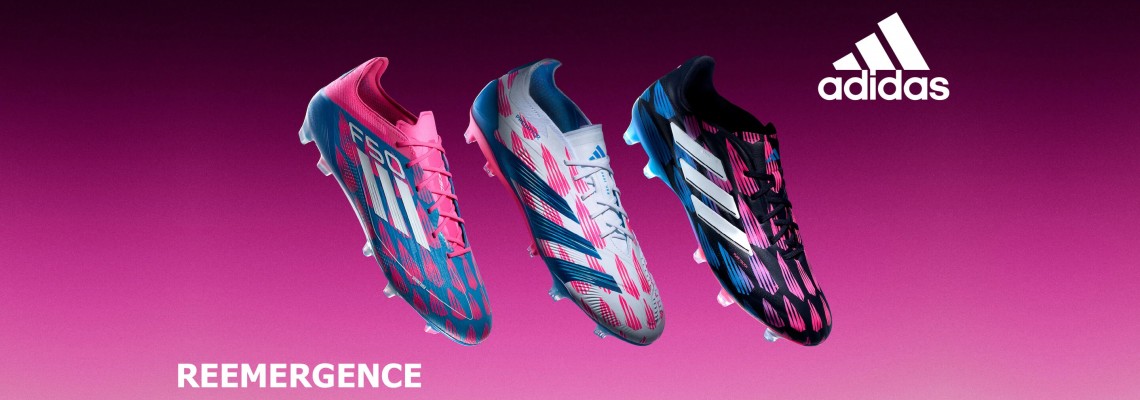
The most distinctive feature of soccer cleats is their studs. Since football is played on grass, players often perform sudden movements like rapid starts, quick turns, and sudden stops. Cleats enhance traction, helping athletes perform these technical moves effectively.
It’s worth noting that while people commonly refer to "studs" when discussing cleat types, the correct term is actually "outsole." Just as cars are categorized by their chassis (SUVs, sedans, sports cars), cleats are categorized by outsole, not by their studs alone.
Professional soccer cleats are classified based on the playing surface, which determines the type of studs used. These can be generally divided into SG (soft ground), designed for soft, natural grass fields and typically worn by professional players, and AG (artificial ground), MG (multi-ground), IN (indoor), FG (firm ground), HG (hard ground), and TF (turf), which is suited for grass-padded fields with added safety.
Outsole Stud Types: From Long to Short
- SG (Soft Ground): Ideal for natural grass fields that are frequently watered or wet due to rain.
- FG (Firm Ground): Suitable for dense, well-maintained natural grass fields.
- HG (Hard Ground): Appropriate for natural grass fields with less grass and more dirt, as well as thick artificial turf fields.
- AG (Artificial Ground): Specifically designed for thicker, longer artificial turf.
- TF (Turf): Best for shorter artificial turf.
- IC/IN (Indoor Court): Flat soles, suitable for smooth indoor surfaces.
1. SG (Soft Ground Cleats)
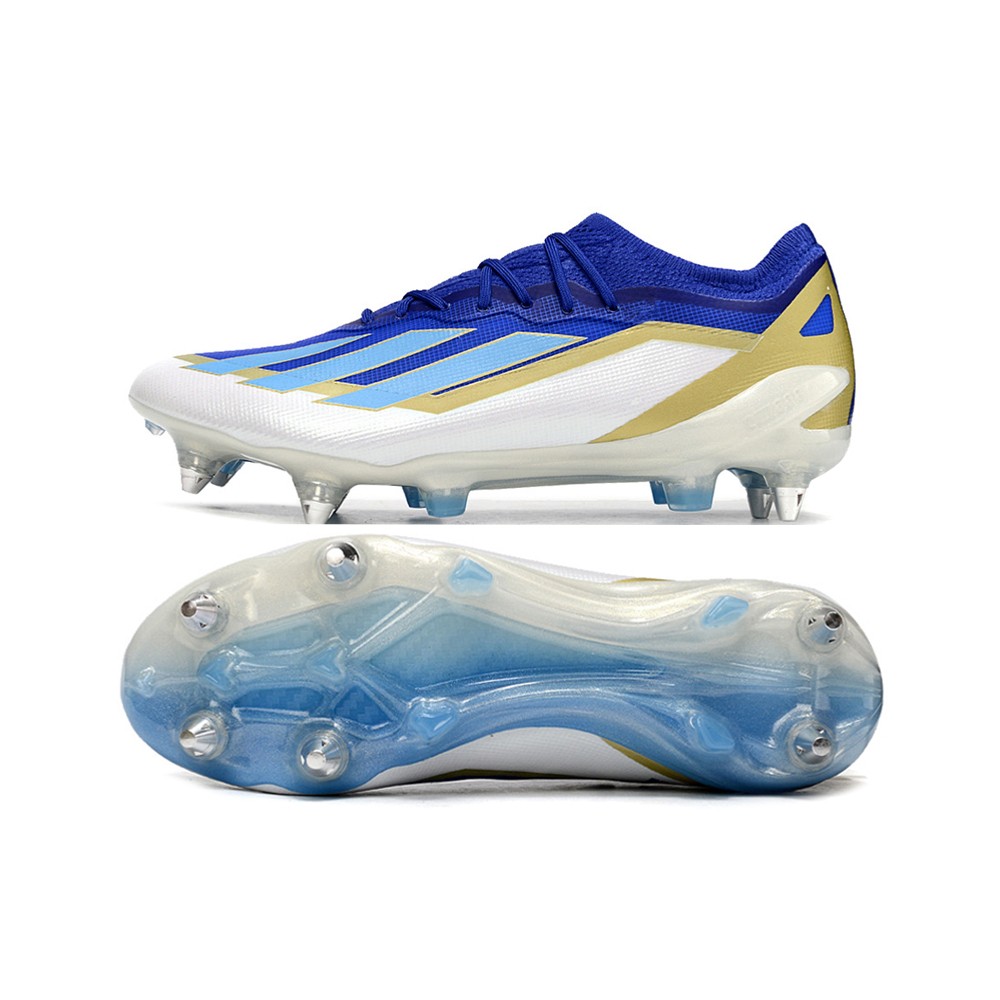
SG, short for Soft Ground, refers to studs made of metal, designed for wet, soft, natural grass fields. They provide a strong grip due to the fewer but longer studs. However, these cleats are unsuitable for artificial grass, sandy fields, or even concrete, as they can lead to either broken studs or slips. Notably, amateur games often restrict players from wearing metal-studded cleats for safety reasons.
2. FG (Firm Ground Cleats)
-1000x1000w.jpg)
FG, or Firm Ground, commonly known as "blade studs," are suitable for relatively firm natural grass fields. In professional settings, players often choose between SG and White FG soccer cleats based on the ground's softness. FG cleats are widely chosen by professional players because they provide optimal traction for most natural grass surfaces. These cleats, among the longest, perform well on flat natural fields that aren’t too damp.
3. HG (Hard Ground Cleats)
HG stands for Hard Ground, with shorter studs made from rubber, suitable for top-quality or intermediate artificial turf fields. HG cleats, often sold at a lower price than SG or FG, have similar designs but are made from less expensive materials, typically intended for recreational players who play intensely. If you rarely play on grass fields, HG cleats may not be ideal since their stiff outsoles and higher studs can strain ankles and knees.
4. AG (Artificial Ground Cleats)
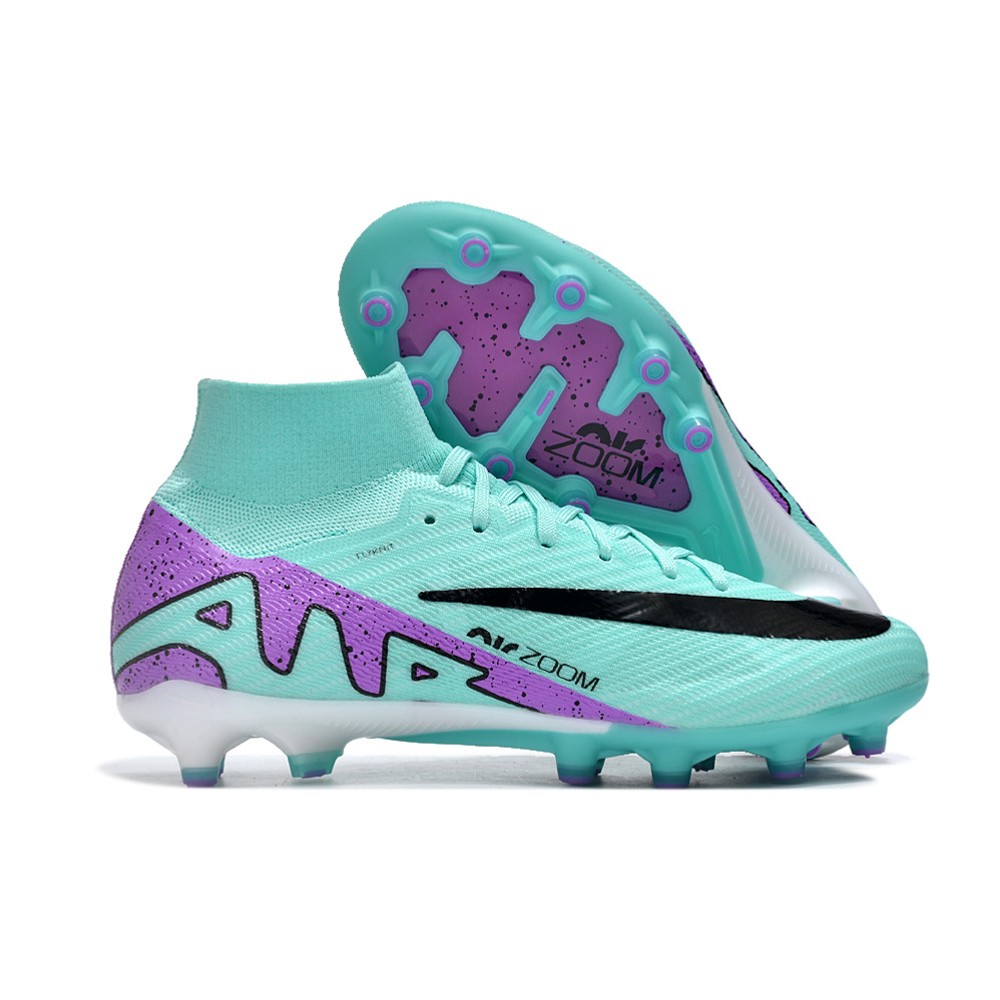
AG, or Artificial Ground, studs are shorter, typically around 1 cm, with softer rubber than FG or HG, and a higher number of studs. Designed for artificial turf fields with rubber and sand layers, AG cleats are popular due to their balance between grip and protection, minimizing knee strain on artificial surfaces. AG cleats are also known for their durability and high traction.
5. TF (Turf Cleats)
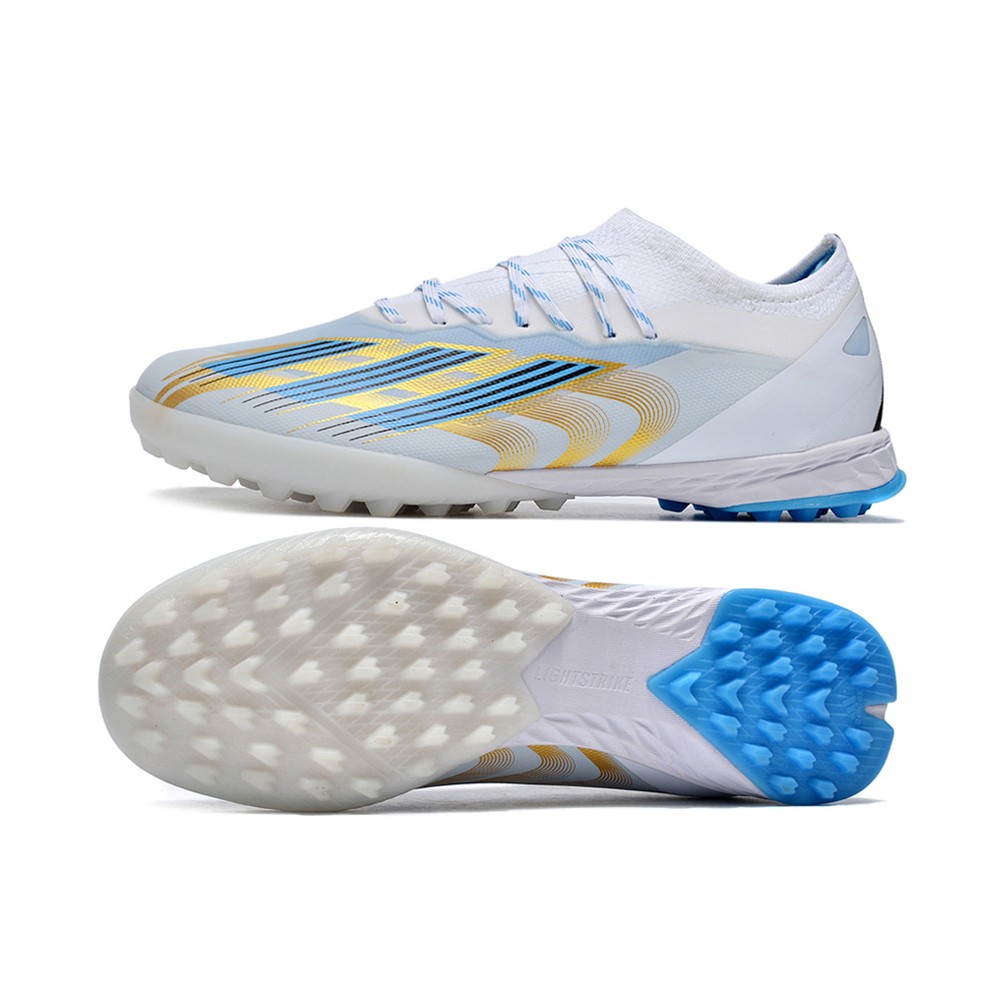
TF, or Turf cleats, also known as "multi-stud cleats," are versatile and suitable for various artificial turf fields. Though they don’t provide the same level of grip as other stud types, they are gentler on ankles and knees and are generally preferred for training sessions and less intense play on smaller fields. The soft sole of TF cleats is ideal for less demanding settings, like cement or thinner artificial turf, making them practical for most field conditions.
6. IC (Indoor Court Cleats)
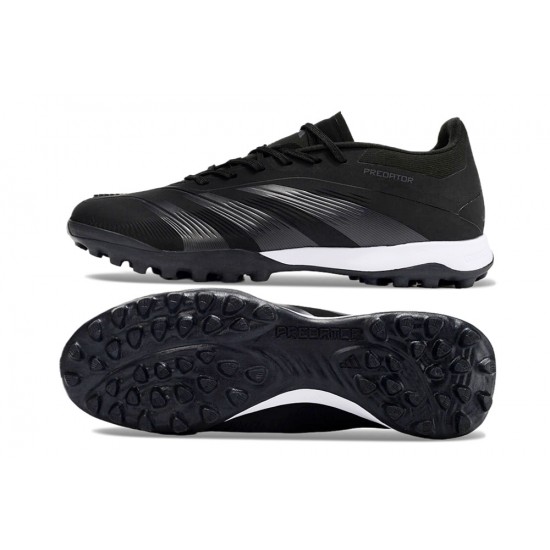
IC, short for Indoor Court, is designed for polished indoor football surfaces and less durable artificial grass fields.
Differences Between Short and Long Studs
Typically, "long studs" refer to FG and SG soccer cleats, which are intended for high-quality natural grass fields, while "short studs" include HG, AG, and TF cleats. Football studs also vary in shape, with triangular, circular, and bladed (or "cut") studs, each suited to different playing styles.
- Blade studs: Enhance speed, ideal for fast players.
- Round studs: Offer stability, suited for players focused on ball control.
- Triangular studs: Provide a balanced grip and stability.
For general safety, TF red soccer cleats are often recommended as round and blade studs, made from hard plastic or TPU, can be more dangerous due to their rigidity.
Choosing Cleats Based on Playing Position
Football cleat types also vary by playing position. Midfielders, for instance, prefer round-stud cleats for agility and accurate passing, while wingers may favor bladed studs to support fast sprints.
When selecting football cleats, it's essential to try them on and test comfort with a few runs to check for potential friction or discomfort around the ankles. Size is crucial; a comfortable fit ensures better performance on the field.
